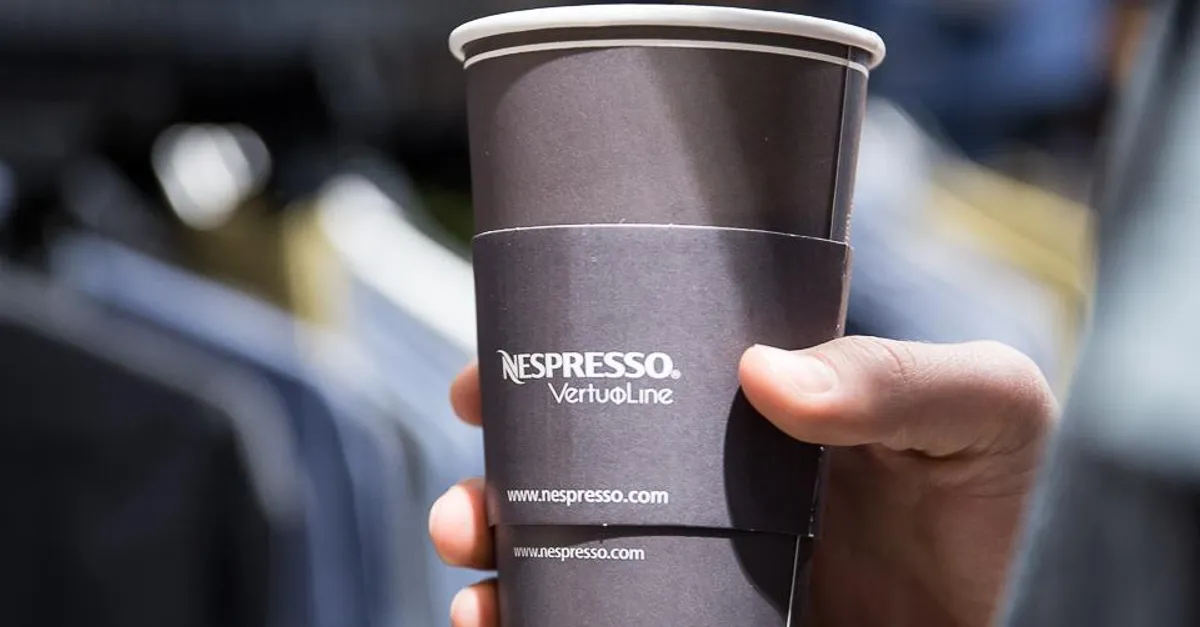How Much Does Coffee Cost?Let’s say you find your favourite brand of specialty coffee selling at $35 a pound. While you’d do almost anything for premium coffee, you’re not sure you want to spend that much.
So, to help put your mind at ease here’s a quick overview of the coffee supply chain.
Remember that there’s a wide range of coffee beans, makers, and sellers to choose from. So, this is just to give you a basic look into what goes on behind the scenes.
- It costs around $5 to hand-pick each pound of raw coffee beans.- Transporting the beans from their original home to the US costs around $6.- The roaster who bakes the green coffee beans when they arrive in the US takes about $7.- Loss of moisture during the roasting reduces the weight and adds about $4, depending on how much was lost.- Add another $4 for transporting the roasted beans to the sellers.- Finally, the retail store adds their profit, which is about $9 for a total cost of $35. As for non-specialty coffees that come in bulk containers or cans, the pricing is different. These coffees are usually a blend of two types: one high-end and another one lower in quality. Because the focus isn’t only on high-quality coffee, the price is lower.
The Inner Workings of the Coffee MarketNow that you have a basic idea of what coffee costs, let’s rewind a bit and start at the beginning.
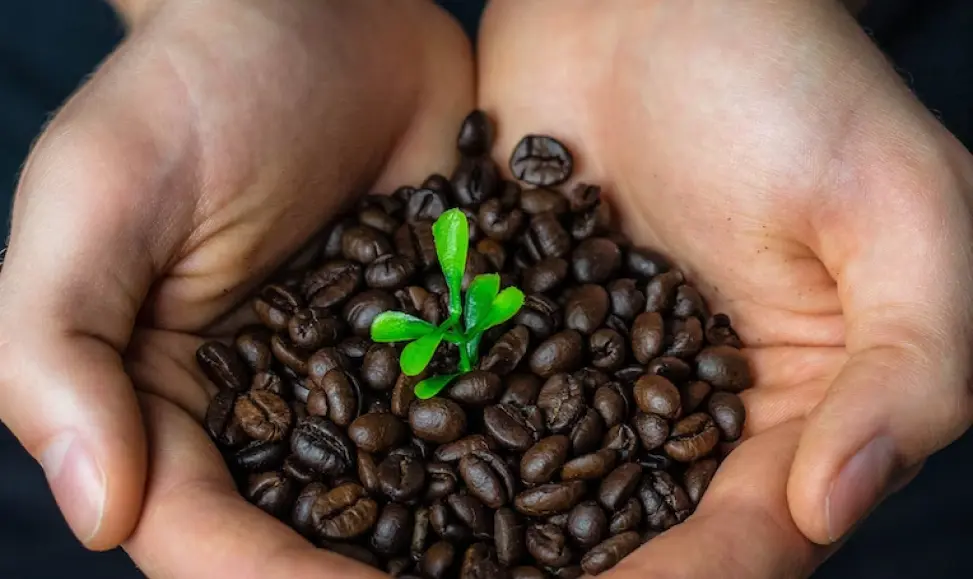 ## Coffee FarmersNo matter which country your coffee is sourced from, it all starts with coffee beans grown on mountain plantations. Cultivation usually takes place along the equator in temperate or tropical climates that get plenty of sunshine and no frost.
## Coffee FarmersNo matter which country your coffee is sourced from, it all starts with coffee beans grown on mountain plantations. Cultivation usually takes place along the equator in temperate or tropical climates that get plenty of sunshine and no frost.
The primary harvest season occurs in the fall, typically by hand. Then, the still-green coffee beans are packed into bags that weigh 132 pounds each. Then, they’re handed off to the ports to be shipped off to consumer countries.
According to Statista, the US is the world’s largest consumer, importing nearly 6$ million worth of coffee each year. Germany comes in second place, importing over $3 million annually, with France, Italy, and Canada trailing behind.
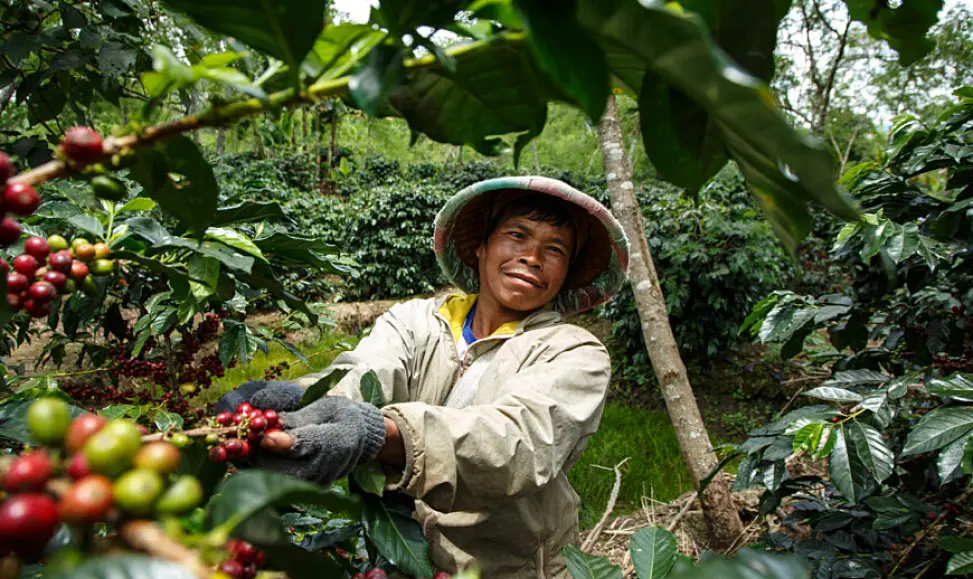 ## ImportersImporters are responsible for getting the coffee beans from the farm to where they need to go. However, being the ‘middle-man,’ importers often try to drive up prices, which means there’s little, if any, transparency in their dealings.
## ImportersImporters are responsible for getting the coffee beans from the farm to where they need to go. However, being the ‘middle-man,’ importers often try to drive up prices, which means there’s little, if any, transparency in their dealings.
In fact, one reason coffee prices go up is that importers will sometimes buy coffee beans in large bulks, particularly when they’re cheap. Then, they store them only to resell them later when prices go back up.
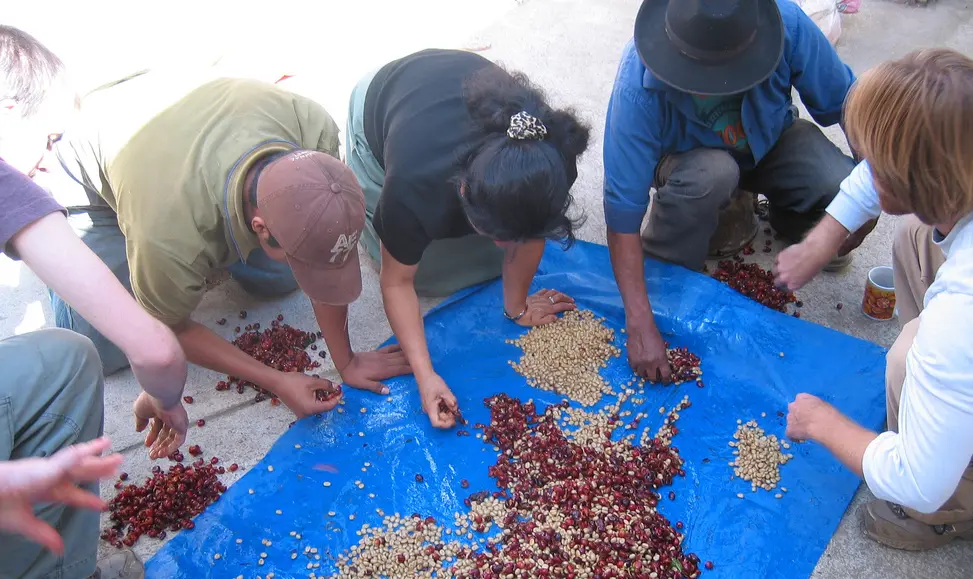 Source: Wikipedia## The Fairtrade MovementFrom the 1960s up until the end of the 1980s, coffee prices were controlled by an organization called the International Coffee Agreement (ICA).
Source: Wikipedia## The Fairtrade MovementFrom the 1960s up until the end of the 1980s, coffee prices were controlled by an organization called the International Coffee Agreement (ICA).
The ICA decided early on that coffee would be sold at a ‘C price,’ or the commodity market price, which came to about $1–$1.50 per pound.
To keep up with increasing prices, the ICA decided to renegotiate this agreement every five years. Everything was going without a hitch until 1989, when they couldn’t reach an agreement.
The dispute was a direct result of the US opposing how much sway the ICA had and opted to promote a ‘free market’ instead. Soon after, the ICA was rendered inoperable, forcing coffee prices to plummet to 49¢ a pound.
This caused a ripple effect around the world, but it had the most significant impact on small coffee farmers who were now receiving hardly any income for their produce and hard work.
Thus, in an effort to stop the coffee crisis, a small group of farmers and entrepreneurs came together in Mexico at the end of the 1980s and formed the Fairtrade movement. Their mission was securing sustainable prices for coffee and easing the farmers’ financial burden.
Since then, farmers from around the globe have signed up to be part of what’s now known as Fairtrade International. Once they qualify to become Fairtrade coffee farmers, they can sell their coffee at $1.40 per pound.
In addition, if the coffee beans are certified as organic, their price goes up to $1.70 per organic pound.
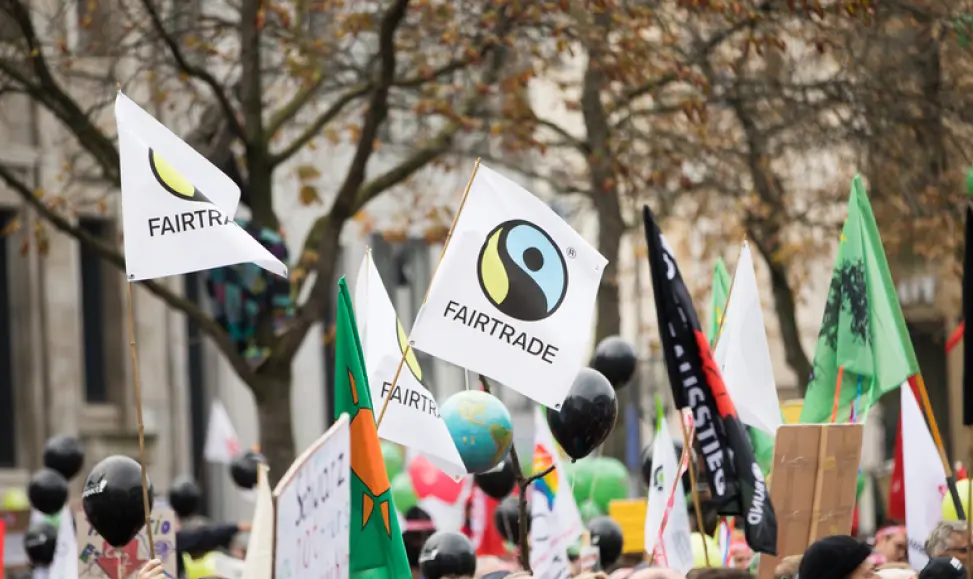 Source: Fairtrade.net## Direct TradeThe Fairtrade Movement opened up different approaches to solving the same problem. One of these approaches provided roasters with a direct line to the farmers, cutting out the middle-man.
Source: Fairtrade.net## Direct TradeThe Fairtrade Movement opened up different approaches to solving the same problem. One of these approaches provided roasters with a direct line to the farmers, cutting out the middle-man.
While this allows roasters to have a more transparent, solid relationship with the farmers, it also has its challenges.
Some of these include language barriers and meeting government import standards.
Nevertheless, if done right, it can be a great way to get coffee from the source, ensuring you get what you pay for.
The other upside is that it provides a higher profit margin for coffee farmers. This is because they can sell their coffee beans directly to the roasters without worrying about getting only a small percentage from importers.
Coffee RoastersOnce they reach their destination, roasters buy coffee in bulk from import/export companies. If they can’t get their coffee through Direct Trade, these roasters become highly dependent on importers to secure quality coffee from the various coffee-producing countries worldwide.
Then, after they bake and roast the beans, they sell them to companies that either distribute or re-sell the coffee, either as roasted whole beans or ground up and ready for use.
Some familiar sellers include Starbucks and Dunkin, which serve coffee at their establishments. Then, you have consumer goods corporations, like the multinational Procter and Gamble, the company behind the Folgers Coffee brand.
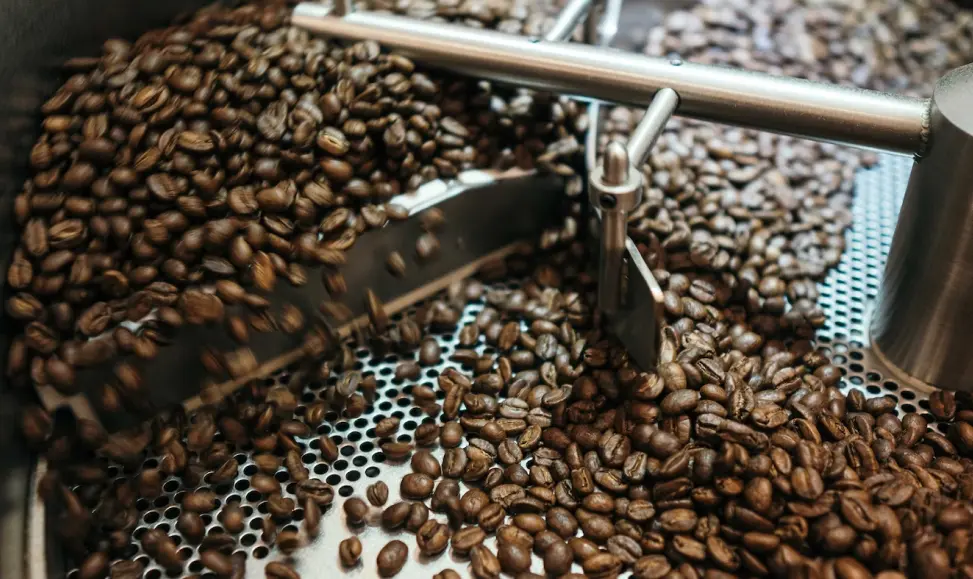 ## Final ThoughtsFor many of us, coffee is a non-negotiable part of our lives. Yet, we rarely think about the hard work, sacrifice, and dedication that goes into making those rich, delicious grounds.
## Final ThoughtsFor many of us, coffee is a non-negotiable part of our lives. Yet, we rarely think about the hard work, sacrifice, and dedication that goes into making those rich, delicious grounds.
So, the next time someone asks you, “How much does my coffee cost?” you can tell them the story of what goes on behind this $100 billion industry.

